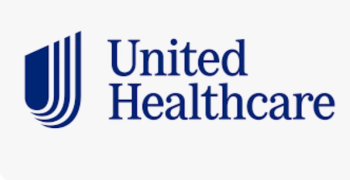
NPs and PAs extend the reach of PCPs
Physician assistants (PAs) and nurse practitioners (NPs) could solve the shortage of primary care physicians and the rising cost of healthcare.
Three trends have driven the outreach of physician assistants (PAs) and nurse practitioners (NPs) in healthcare today: the shortage of primary care physicians (PCPs); physicians' limited time per patient; and the rising cost of healthcare.
January heralded the 2010 Outpatient Prospective Payment System final rule released by the Centers for Medicare and Medicaid Services (CMS), which allows nonphysician practitioners-including NPs and PAs-to provide direct supervision for all hospital outpatient therapeutic services that they are authorized to perform based on their states' scope of practice rules and hospital-granted privileges. Previous policy only granted that supervisory role to physicians.
Both groups of midlevel practitioners assume similar responsibilities, such as providing diagnostic, therapeutic and preventive healthcare and prescribing medications. While PAs require the supervision of a physician or surgeon, NPs typically are more autonomous, although in some states, they are still required to have some collaboration with a supervising physician.
From her experience, Mona Sedrak, associate professor, Seton Hall School of Health and Medical Sciences, South Orange, N.J., says that although PAs can see their own patients, they must work with physicians, who sign off on patient records and make themselves available for consultation.
The profession has not changed as much as the awareness and recognition of NPs have, says Mary Jo Goolsby, director of research and education for the American Academy of Nurse Practitioners (AANP) and an NP herself.
"We have been around for 45 years providing high quality, cost effective primary care but now there are more of us practicing and more word-of-mouth about our work," she says.
Sedrak says more states have granted PAs prescribing privileges and other responsibilities.
"We have assumed more responsibility in the medical setting," she says. "And not just in primary care."
Family practice employs 23% of NPs, which are also predominantly female (92%), according to the AAPA 2009 National Salary and Workplace Survey of Nurse Practitioners. While the average NP is 47 years old, Sedrak says that more and more young people are studying to become PAs right out of high school and college rather than choosing the profession as a second career.
The 2009 Census National Report finds that women, almost 2-to-1 over men, serve as PAs and predominantly work in a hospital (37.5%) or for a group physician practice (35.4%). A little more than one-third (35.7%) specialize in primary care with surgical subspecialties at 22.4%-the latter being lured to specialties for higher salaries and better hours.
Newsletter
Get the latest industry news, event updates, and more from Managed healthcare Executive.




















































